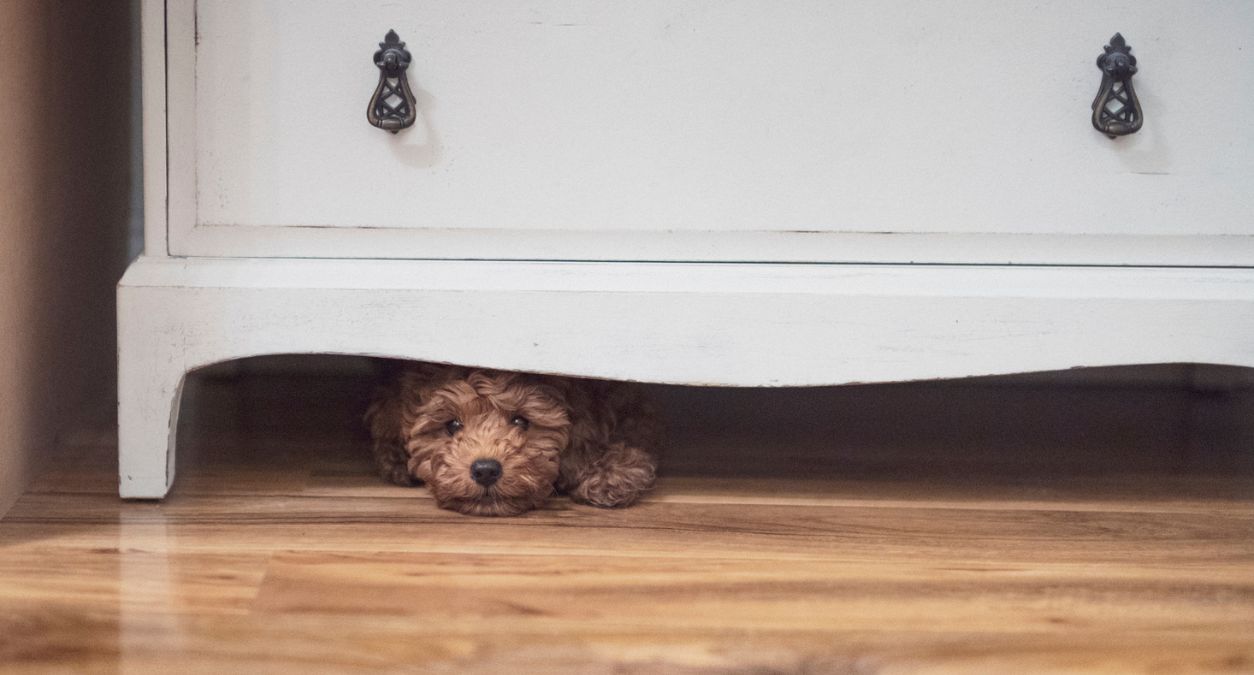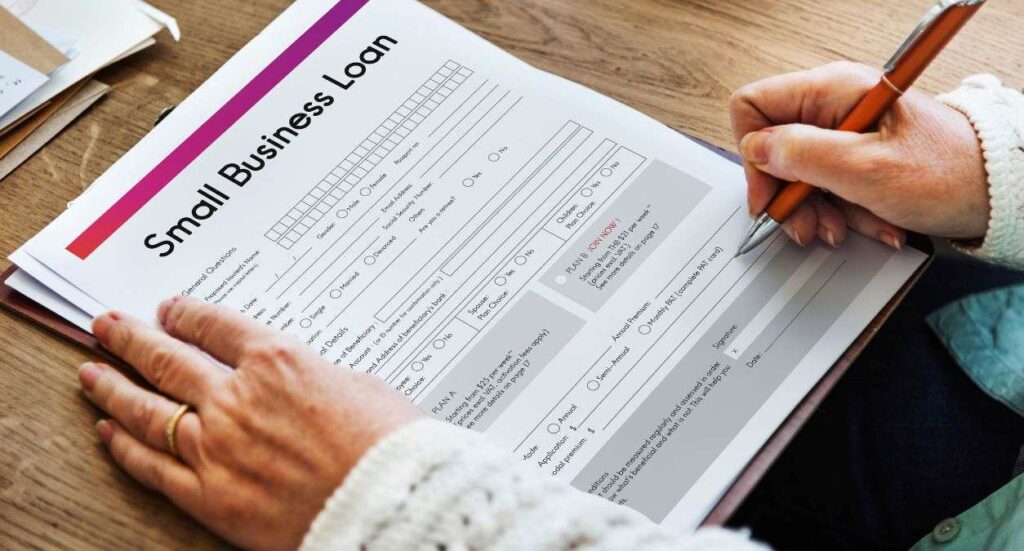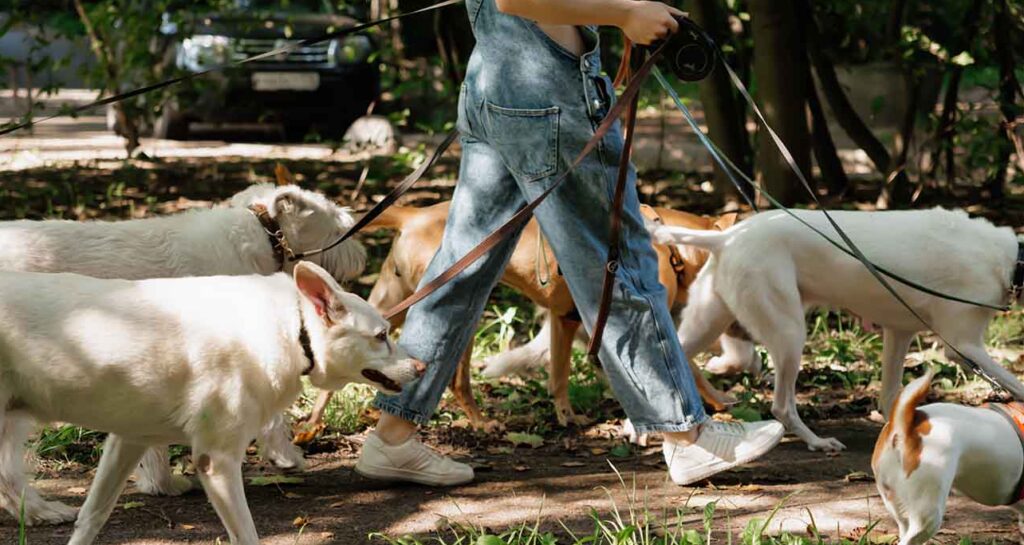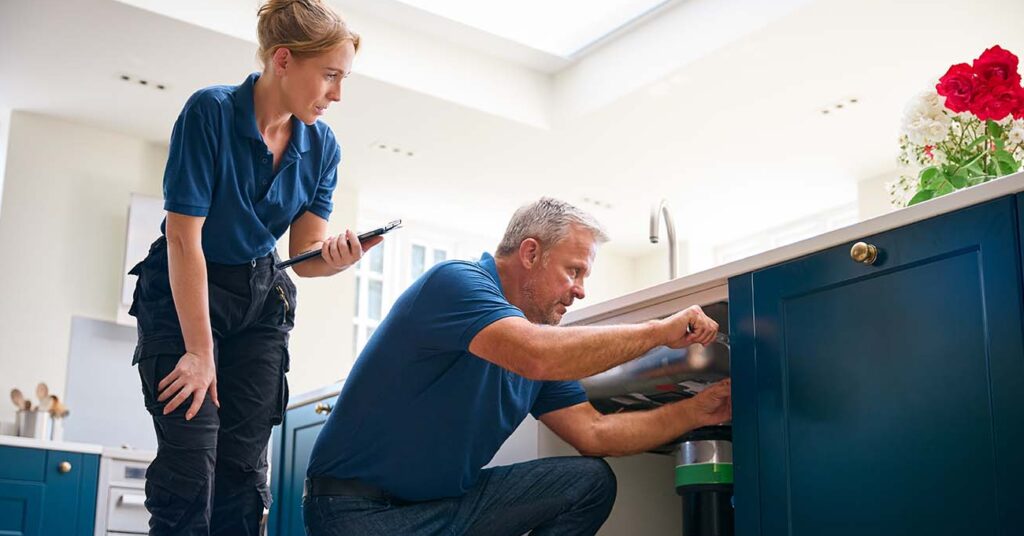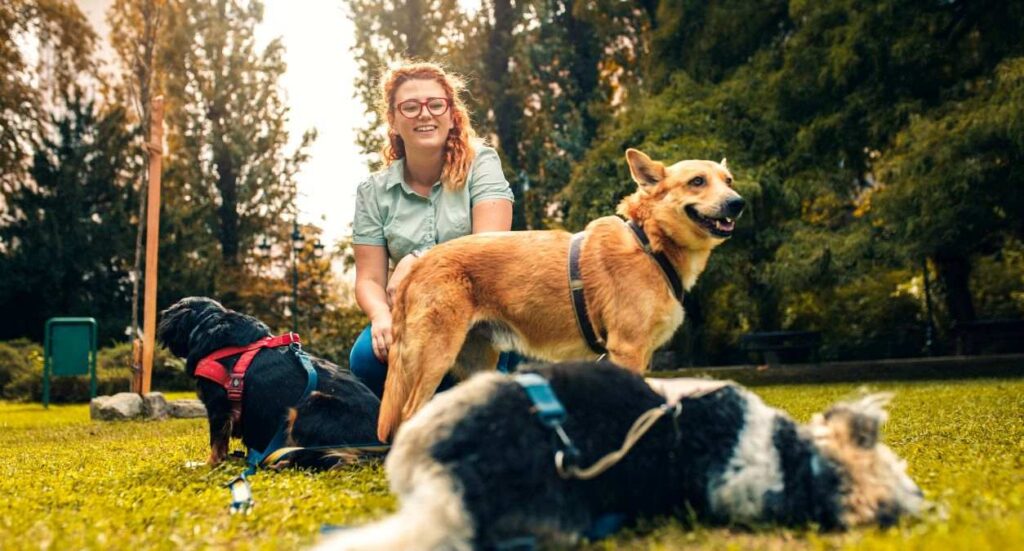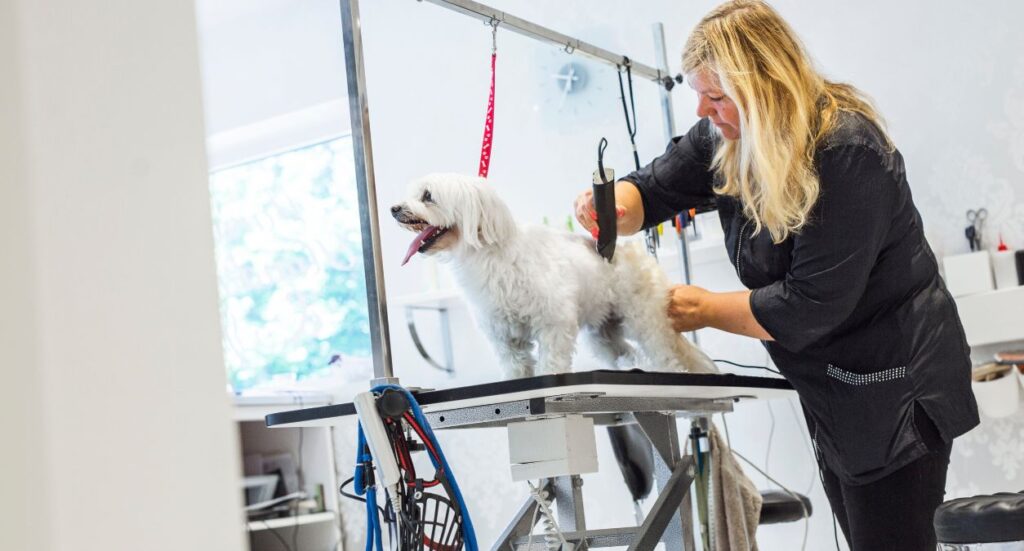Table of contents
Table of contents
Any pet sitter will have had a dog that proves more difficult than usual to manage. If you are in the business of pet sitting, successfully handling difficult dogs comes with the job.
The following tips and suggestions may help you when pet sitting an anxious dog.
About us
While gathering all that you can from those tips and suggestions, also remember that Protectivity is here to help provide you with the security and reassurance of Pet Sitting Insurance. Safeguards against your public liability, care, custody and control cover, and protection for the equipment you use will give you every confidence in the protection of your pet sitter business.
Managing and handling difficult dogs
Understanding the behaviour of the dogs you sit is a key to their effective and stress-free handling and management. With that in mind, remember that a difficult dog is likely to be an anxious dog – so there are several strategies for reducing their anxiety.
Meeting the owner
Firstly, talk to the owner about the dog’s history – are there certain things he or she is fearful of? Maybe other dogs or certain situations? Some (such as rescue dogs) may be fearful if they see someone carrying a broom, for example.
Understanding the things that makes an individual dog fearful will help you gradually build trust with him or her.
Dogs may become anxious because they are unfamiliar with places and the people around them. Don’t rush the process of familiarisation but take it step by step – meeting the owner outside during walks, for example, or making a point to visit when the owner is at home.
Calm anxiety
Get Pet Sitting Insurance from Protectivity
*Disclaimer – This blog has been created as general information and should not be taken as advice. Make sure you have the correct level of insurance for your requirements and always review policy documentation. Information is factually accurate at the time of publishing but may have become out of date.
Last updated by




